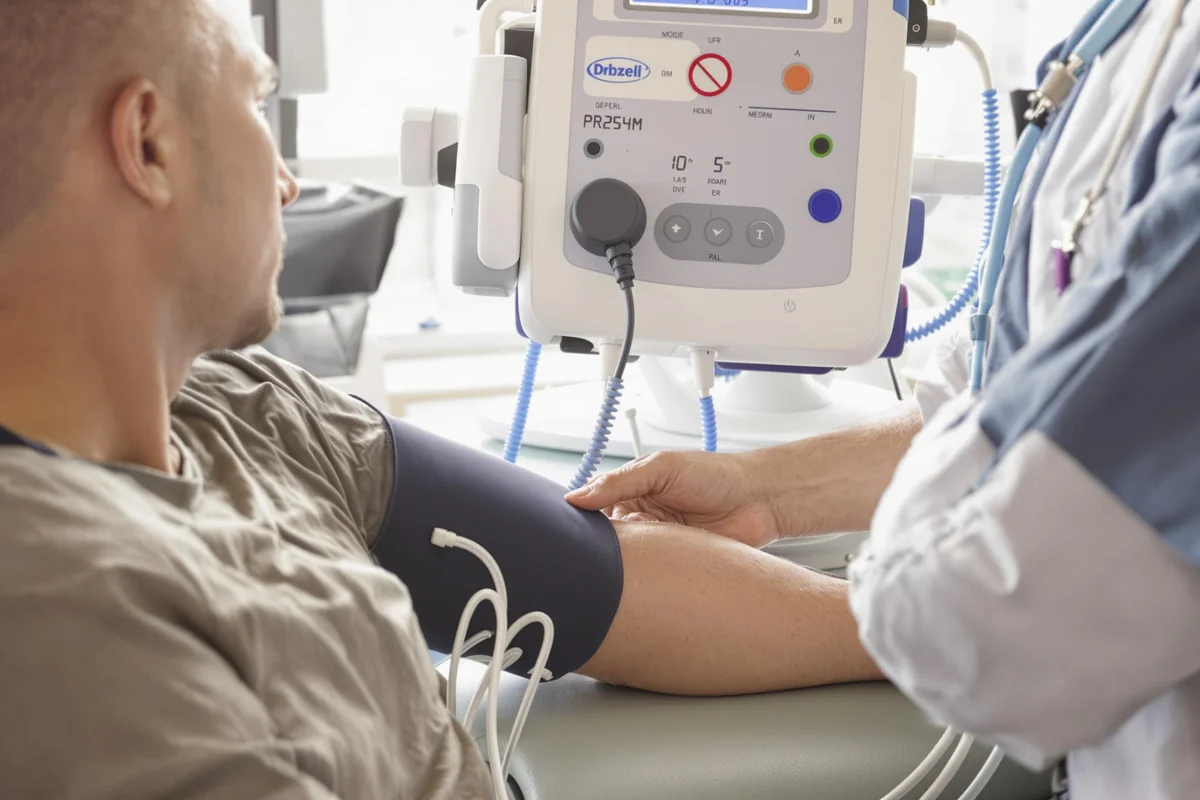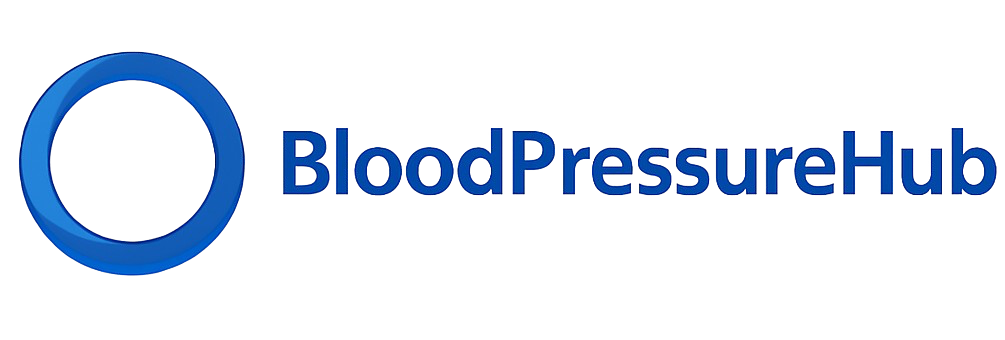Stroke and Hypertension: Understanding the Link
The BPHub Team
2025-03-25

Stroke and Hypertension: Understanding the Link
Stroke is one of the serious complications long-standing high blood pressure may induce. Among all hypertension complications, stroke stands out as one of the most devastating outcomes. Understanding the intricate link between hypertension and stroke is crucial for prevention and management. This blog post discuss the relationship between these two conditions, exploring how high blood pressure can lead to a stroke, the types of strokes associated with hypertension, and strategies for reducing risk.
What is Hypertension?
Hypertension occurs when the force of blood against the walls of the arteries is consistently too high. According to the American Heart Association, normal blood pressure is defined as a reading below 120/80 mmHg. Hypertension is diagnosed when blood pressure readings consistently exceed 130/80 mmHg (American Heart Association, 2024). This condition can lead to serious health issues, including heart disease and stroke.
Causes and Risk Factors
Several factors contribute to the development of hypertension, including:
- Genetics: Family history plays a significant role in an individual's risk of developing high blood pressure.
- Lifestyle Choices: Poor diet, lack of physical activity, and excessive alcohol consumption can increase the risk.
- Obesity: Excess weight can strain the heart and increase blood pressure (NIDDK, 2024).
- Sleep Quality: Chronic lack of sleep or poor-quality sleep can elevate blood pressure (National Institute of Neurological Disorders and Stroke, 2024).
Even though these factors are clearly associated with high blod pressure, it is not possible in most clinical cases to exactly determine the cause of high blood pressure.
Understanding Stroke
A stroke, also known as a cerebrovascular accident (CVA), occurs when blood flow to the brain is interrupted, depriving brain cells of oxygen and nutrients. This can lead to brain damage, disability, or even death if not treated promptly (MedlinePlus, 2024).
Types of Stroke
There are two main types of strokes:
- Ischemic Stroke: This is the most common type, accounting for about 87% of all strokes. It occurs when a blood clot blocks a blood vessel in the brain.
- Hemorrhagic Stroke: This occurs when a blood vessel in the brain bursts, causing bleeding in or around the brain.
In any case, there is a significant damage to the local tissue, and in particular to the brain units, the neurons. Signs and symptoms will depend on the size and location of this damage.
The Link Between Hypertension and Stroke
Hypertension is the most significant modifiable risk factor for stroke. Here's how it contributes to each type of stroke:
Hypertension and Ischemic Stroke
High blood pressure can damage the inner lining of arteries, leading to the formation of plaques—a condition known as atherosclerosis. These plaques can narrow or block arteries, reducing blood flow to the brain and increasing the risk of ischemic stroke.
Hypertension and Hemorrhagic Stroke
Chronic high blood pressure can weaken blood vessels, making them more prone to rupture. When a vessel in the brain bursts, it causes a hemorrhagic stroke. This type of stroke is less common but often more deadly.
Recognizing the Signs of Stroke
Recognizing the signs of a stroke and acting quickly can save lives and improve recovery outcomes. The acronym FAST is a helpful tool:
- Face drooping: Is one side of the face numb or drooping?
- Arm weakness: Is one arm weak or numb?
- Speech difficulty: Is speech slurred or hard to understand?
- Time to call emergency services: If any of these symptoms are present, seek immediate medical help.
Prevention and Management
Preventing hypertension and managing existing high blood pressure are critical steps in reducing the risk of stroke. Here are some strategies:
Lifestyle Modifications
- Diet: Adopt a heart-healthy diet rich in fruits, vegetables, whole grains, and lean proteins. The DASH (Dietary Approaches to Stop Hypertension) diet is particularly effective.
- Exercise: Engage in regular physical activity, such as brisk walking, swimming, or cycling, for at least 150 minutes per week.
- Weight Management: Maintain a healthy weight to reduce strain on the heart and blood vessels.
- Limit Alcohol and Tobacco: Reduce alcohol intake and avoid smoking to lower blood pressure and improve overall cardiovascular health.
Medical Management
- Medications: Antihypertensive medications can help control blood pressure. Common classes include diuretics, ACE inhibitors, and beta-blockers.
- Regular Monitoring: Regular blood pressure checks can help track progress and adjust treatment plans as needed.
Stress Management
Chronic stress can contribute to high blood pressure. Techniques such as meditation, yoga, and deep breathing exercises can help manage stress levels.
The Role of Sleep in Hypertension and Stroke
Emerging research highlights the importance of sleep in managing blood pressure and reducing stroke risk. Poor sleep quality and sleep disorders, such as sleep apnea, can elevate blood pressure and increase the likelihood of cardiovascular events (National Institute of Neurological Disorders and Stroke, 2024).
Conclusion
The link between hypertension and stroke is well-established, with high blood pressure significantly increasing the risk of both ischemic and hemorrhagic strokes. By understanding this connection and taking proactive steps to manage blood pressure, individuals can significantly reduce their risk of stroke. Lifestyle modifications, medical management, and stress reduction are key components of an effective prevention strategy. Remember, early detection and treatment are crucial, and consulting healthcare professionals for personalized advice is always recommended.
References
- American Heart Association. (2024). Understanding Blood Pressure Readings. Retrieved from https://www.heart.org/en/health-topics/high-blood-pressure/understanding-blood-pressure-readings
- National Institute of Neurological Disorders and Stroke. (2024). Brain Basics: Understanding Sleep. Retrieved from https://www.ninds.nih.gov/health-information/public-education/brain-basics/brain-basics-understanding-sleep
- National Institute of Diabetes and Digestive and Kidney Diseases. (2024). Health Risks of Overweight & Obesity. Retrieved from https://www.niddk.nih.gov/health-information/weight-management/adult-overweight-obesity/health-risks
- MedlinePlus. (2024). Stroke | CVA | Cerebrovascular Accident. Retrieved from https://medlineplus.gov/stroke.html
This blog was created by the BPMaestro Team under the supervision of Santiago Miriuka, MD PhD.
